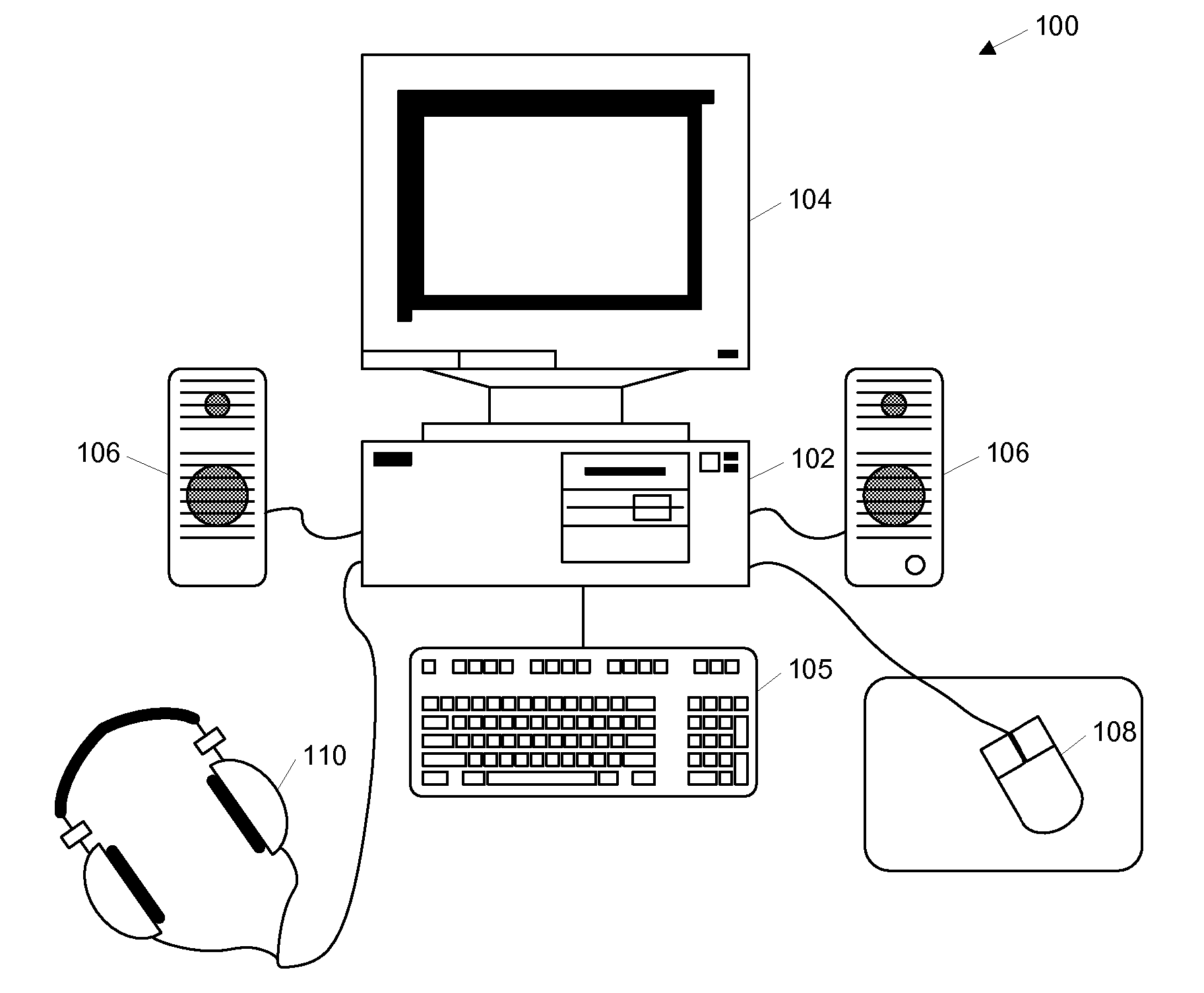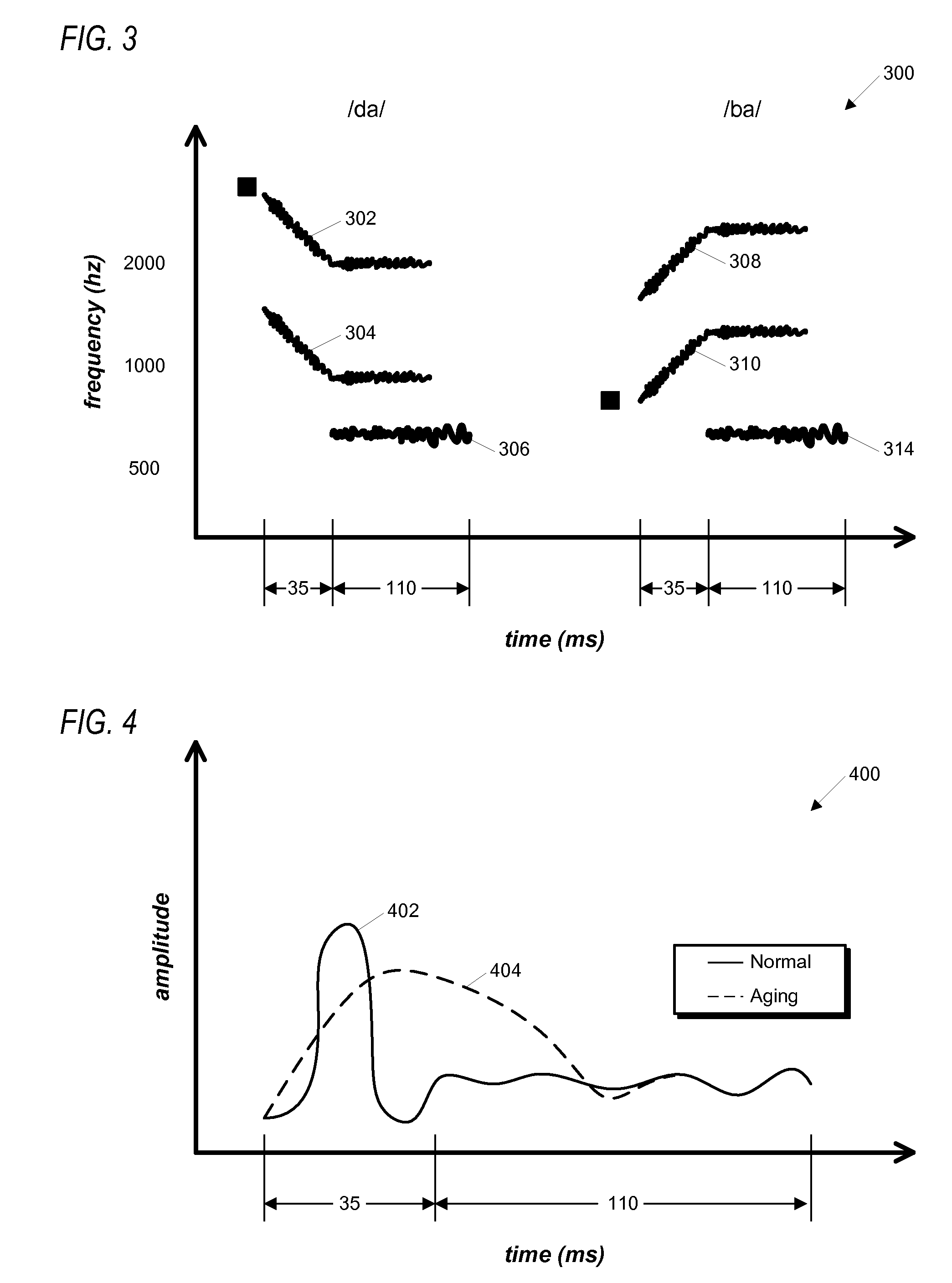The experience of this decline may begin with occasional lapses in memory in one's thirties, such as increasing difficulty in remembering names and faces, and often progresses to more frequent lapses as one ages in which there is passing difficulty recalling the names of objects, or remembering a sequence of instructions to follow directions from one place to another.
Typically, such decline accelerates in one's fifties and over subsequent decades, such that these lapses become noticeably more frequent.
It is often clinically referred to as “age-related
cognitive decline,” or “age-associated
memory impairment.” While often viewed (especially against more serious illnesses) as benign, such predictable age-related
cognitive decline can severely alter
quality of life by making daily tasks (e.g., driving a car, remembering the names of old friends) difficult.
However, the positive benefits provided by available therapeutic approaches (most notably, the
cholinesterase inhibitors) have been modest to date in AD, and are not approved for earlier stages of memory and cognitive loss such as age-related
cognitive decline and MCI.
Although moderate gains in memory and cognitive abilities have been recorded with
cognitive training, the general applicability of this approach has been significantly limited by two factors: 1) Lack of Generalization; and 2) Lack of enduring effect.
As a result, effecting significant changes in overall
cognitive status would require exhaustive training of all relevant abilities, which is typically infeasible given time constraints on training.
As a result,
cognitive training has appeared infeasible given the time available for training sessions, particularly from people who suffer only early cognitive impairments and may still be quite busy with daily activities.
As a result of overall moderate
efficacy, lack of generalization, and lack of enduring effect, no
cognitive training strategies are broadly applied to the problems of age-related cognitive decline, and to date they have had negligible commercial impacts.
However, since
formant frequencies constitute only a (comparatively informative) subset of the range of acoustic cues that accompany human productions of the consonants, sounds synthesized in this way do not closely resemble natural speech in a general sense.
As a result, many participants may be unable to match these synthesized sounds, presented in isolation, with the intended syllables based on their previous linguistic experience, and are therefore unable to progress through the easiest levels of the exercise, which almost certainly involve sound distinctions that are well above their actual thresholds for detection.
To progress through an exercise, the subject must perform increasingly difficult discrimination, recognition or sequencing tasks under conditions of close
attentional control.
In exercises where participants are expected to identify rapid spectro-temporal patterns (brief synthesized formant transitions), such as embodiments of the Tell Us Apart exercise described herein, the fact that formant frequencies constitute only a (comparatively informative) subset of the range of acoustic cues that accompany human productions of the consonants, may cause sounds synthesized in this way to not closely resemble natural speech in a general sense, and as a result, many participants may be unable to match these synthesized sounds, presented in isolation, with the intended syllables based on their previous linguistic experience, and may therefore be unable to progress through the easiest levels of the exercise, which almost certainly involve sound distinctions that are well above their actual thresholds for detection.
Thus, in exercises that use synthesized speech to target specific neurological deficits, the effectiveness of a task may be limited by the overall naturalness of the speech stimuli, since it is often necessary to reduce the acoustic cues available to the listener to a small, carefully controlled set.
 Login to View More
Login to View More  Login to View More
Login to View More 


